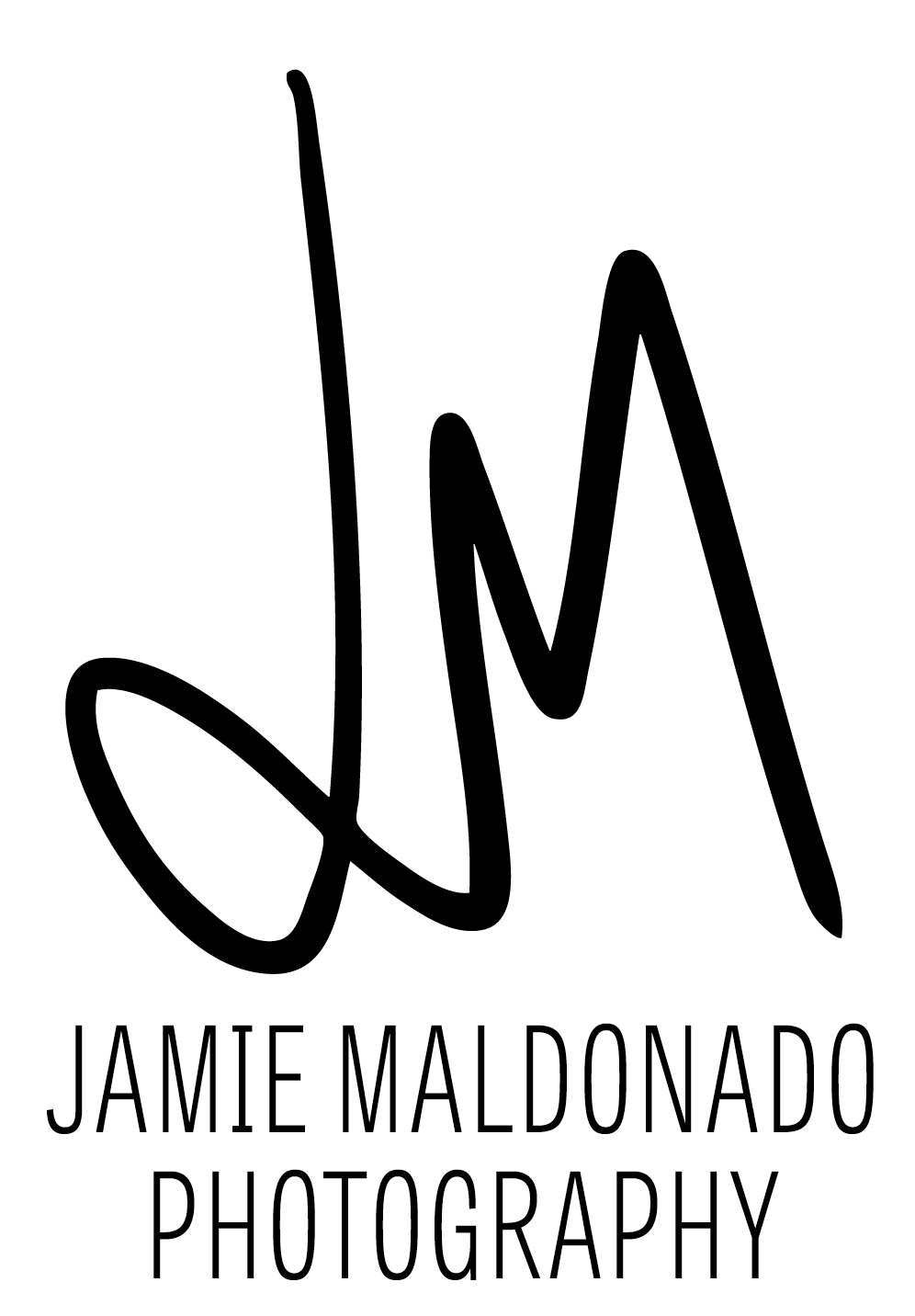This is not a self-help post (though I could probably make one to match that headline). It is about a shoebox of negatives that has followed me around since about 1999. The Nike Air Blindspots that came in the box disintegrated long ago, but the important – albeit sometimes embarrassing – relics I kept in their place represented not only my earliest photographic endeavors, but also glimpse at a year in so many young lives.
I shot every frame between August 1997 and June of 1998, as the photographer for my high school yearbook. It was the end of my junior year that I decided to experience the outside world and toss in an application in hopes of making the yearbook staff. I was pretty stinking poor and this was the best chance I could hope to have my hands on a "professional" camera any time soon, even if it meant overcoming my extreme shyness.
I agonized all summer, not knowing if I would make the staff or not. I fantasized about working on the publication, and especially about getting to use the camera. My older brother had gotten to use an SLR at times when he was part of the middle school yearbook staff in 8th Grade. It definitely planted a seed.
In the intervening years, we had rediscovered freestyle BMX and the photographic genius of the Wizard Publications staff (Bob and Windy Osborn, and Spike Jonze), and especially the vibrant work displayed in the pages of Freestylin' magazine. I badly wanted to be Spike Jonze, at least photographically. Spike was tearing it up as a music video director at the time, and was essentially a superhero to us because of his BMX roots.
And so the summer of 1997 mercifully drew to an end, and I finally got to see the class schedule for my senior year, and delight in realizing I had made it on the yearbook staff. Now if I could just get my hands on that camera … a time or two?
The first day of school arrived with the anticipation of a childhood Christmas. My entire day centered around what would happen in this yearbook class. Would I find out my photographic fate? My mind was awash in scenarios that involved me getting to take the camera home at some point (when perhaps it might have been more normal to think that about some attractive classmate).
The moment of fate arrived, and I walked into the yearbook lab/classroom. Before I could conjure a sentence, the teacher asked if I was the one who wanted to take pictures. I could barely answer before a stark blue camera bag was shoved at me, and I was informed that I was pretty much the only person who cared to use it ...
Come back tomorrow to read the rest of this novel-length blog entry!






